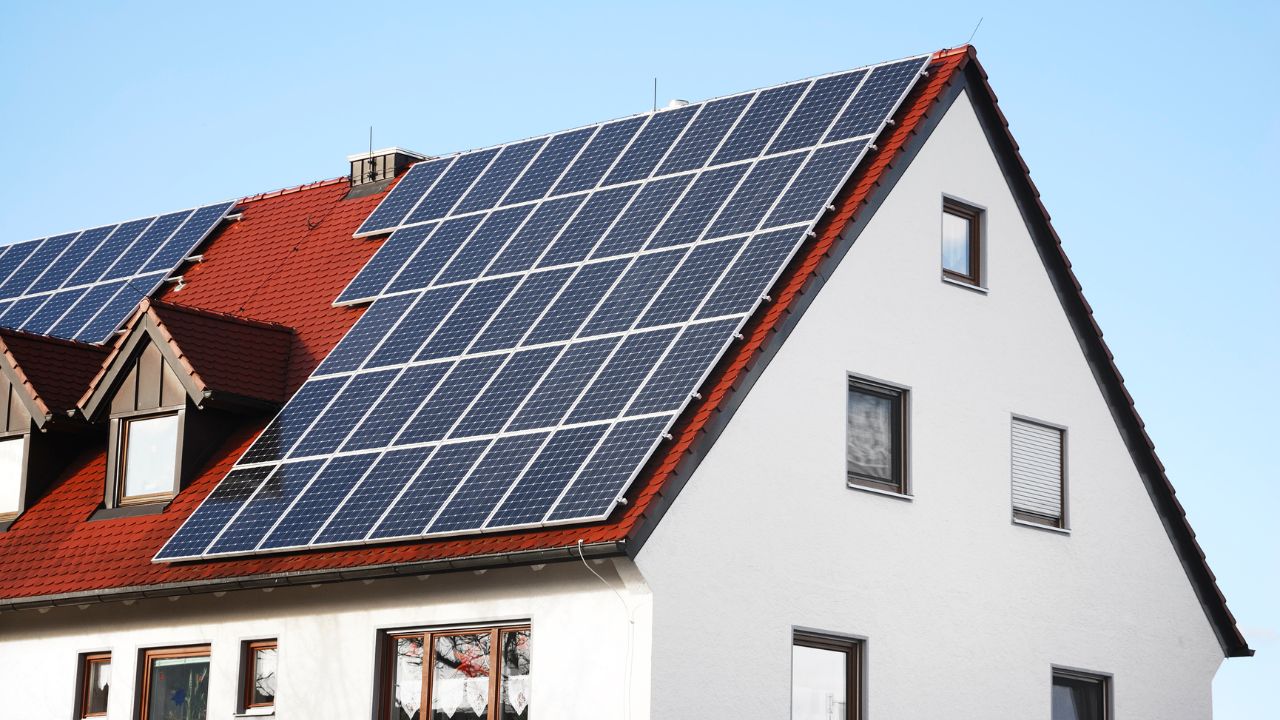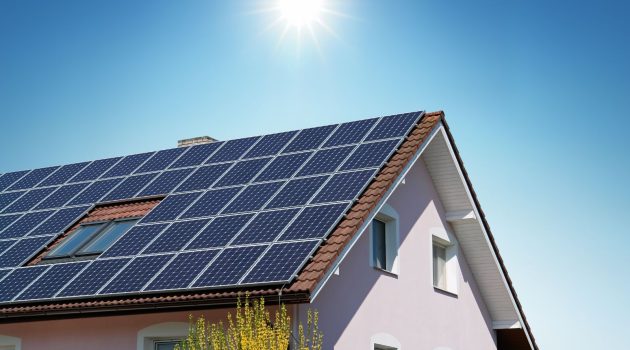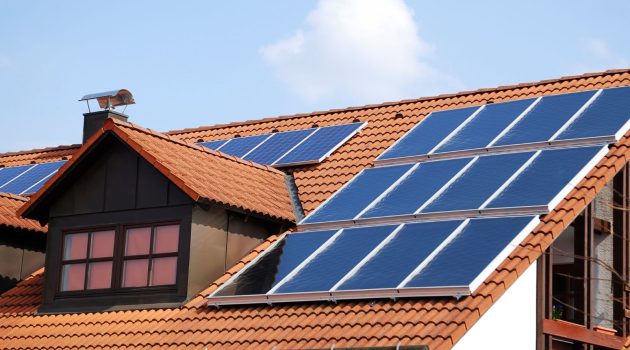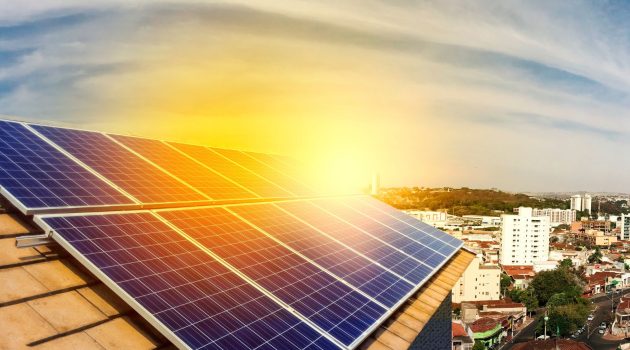Whether you’re looking to reduce your energy bills or just want to join the green revolution in renewable energy, getting a solar roof installed at home should be on top of your list.
But before making the big decision for such an investment, there are some essential facts about solar roofs worth understanding first.
From potential cost savings and environmental benefits to installation requirements and more – let us explore all that is necessary for a successful transition into using solar panels as an alternative source of electricity.
With this blog post, you’ll get equipped with all the knowledge required to make an informed decision about installing a solar roof in your own home!
1. Understand the Different Types of Solar Panels and How They Work
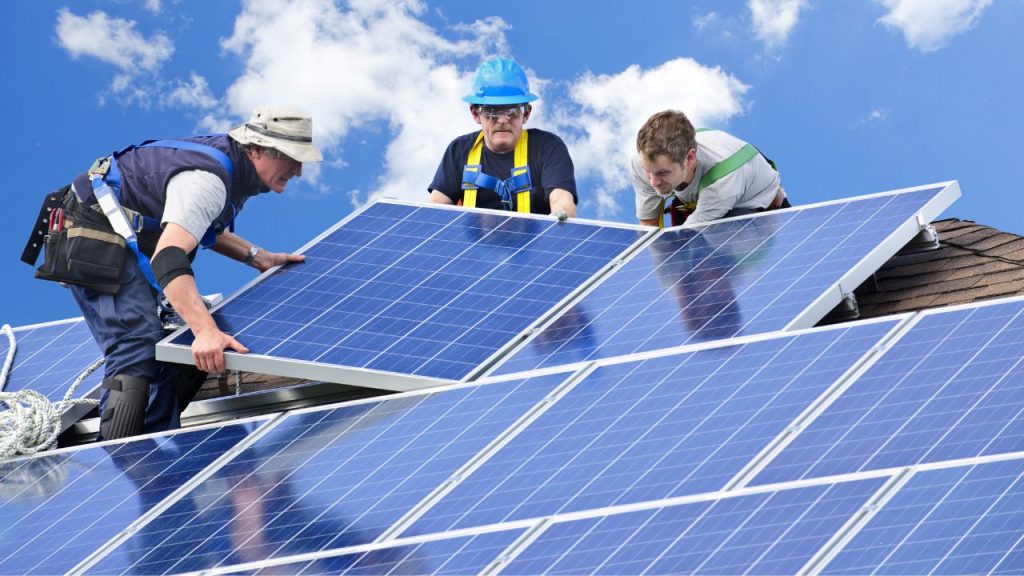
Solar panels are becoming increasingly popular as people look for sustainable ways to power their homes and businesses.
However, with a variety of different types of solar panels available, it can be difficult to know which one is right for you.
From monocrystalline to polycrystalline, each type has its own advantages and disadvantages.
It’s important to understand the differences between the different types of solar panels in order to make an informed decision.
Additionally, it’s useful to know how solar panels work, so you can get the most out of your investment.
By harnessing energy from the sun, solar panels can convert this energy into electricity that can power your daily life.
Understanding the workings and differences between solar panels can not only help you save money but also reduce your carbon footprint and contribute to a cleaner world.
The folks behind Artisan Electric, Inc note that you should let a professional help you decide which solar panel type is best for your specific needs and budget.
They’ll also help you understand how to maximize your savings with proper installation and regular maintenance.
2. Calculate Your Energy Needs to Determine the Size of Your Solar Roof
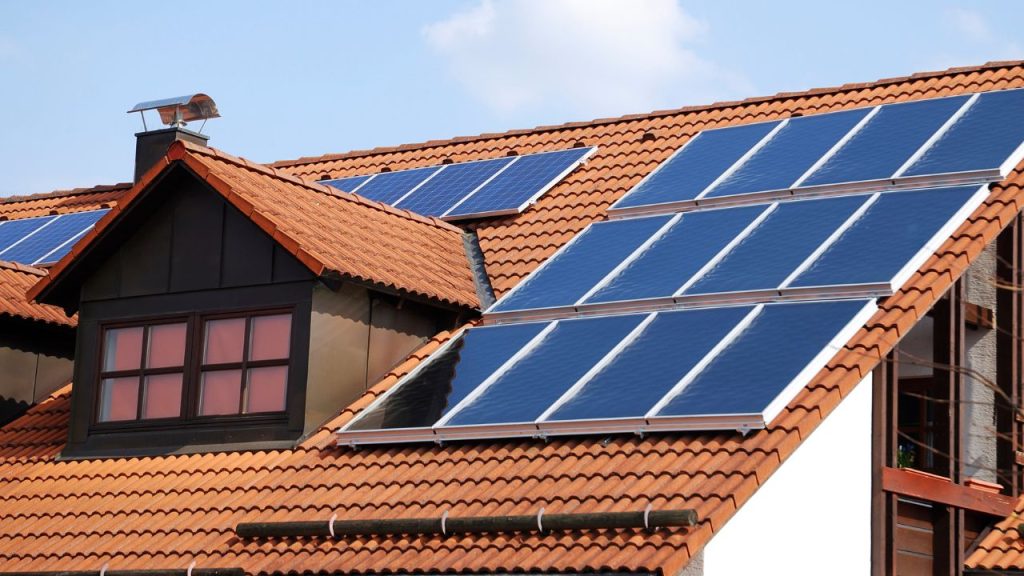
Looking to switch to solar power? Determining the size of your solar roof can be a daunting task, but it all starts with calculating your energy needs.
By taking into account your household’s daily energy usage, you can begin to estimate the size of the solar system required to power your home.
Factors such as the number of occupants, appliances used, and time spent at home all play a role in determining your energy consumption.
Thankfully, online calculators are available to help with the number crunching.
Once you have a better idea of your energy needs, you can start planning your solar roof and ultimately, reduce your carbon footprint.
3. Become Familiar with Local and Federal Regulations for Installing Solar Roofs
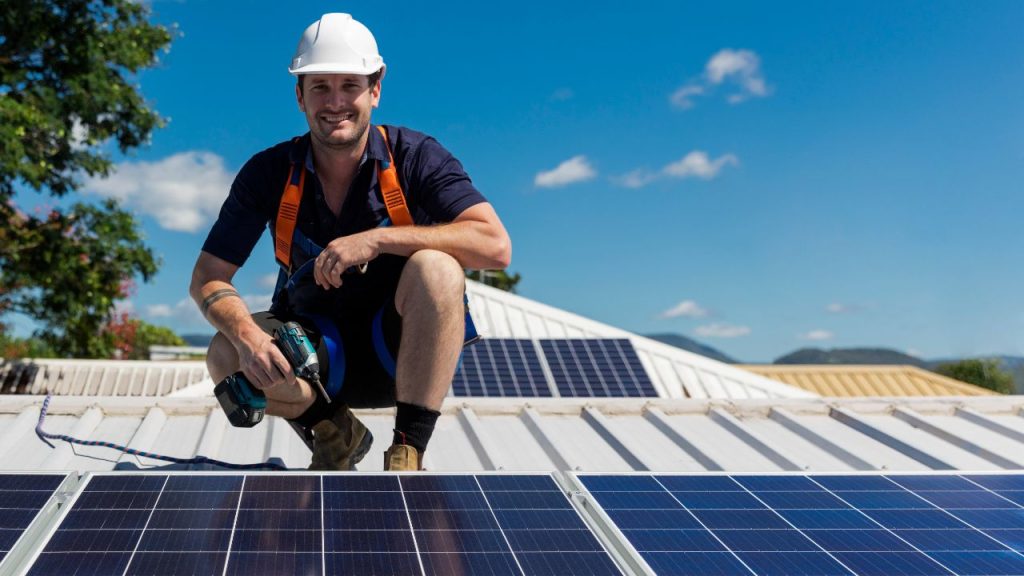
In recent years, many homeowners and businesses have taken advantage of the environmental and financial benefits of installing solar panels on their roofs.
However, before embarking on such a project, it’s important to become familiar with the local and federal regulations surrounding solar panel installation.
Each area has its own specific guidelines for permits, codes, and safety considerations that must be followed in order to ensure a successful and legally compliant installation.
Taking the time to research these regulations beforehand can ultimately save time, money, and headaches down the road.
So if you’re considering making the switch to solar energy, be sure to do your due diligence and stay up to date on all the necessary regulations to make your project a success.
READ MORE: Top Battery Storage Solution for Large Homes
4. Consider the Financial Implications When Planning a Solar Roof Installation
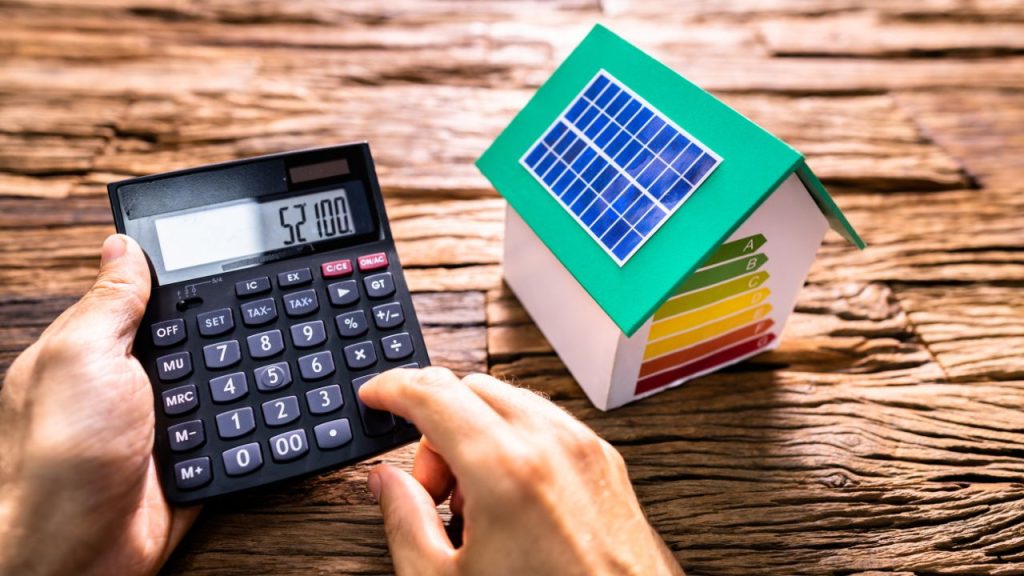
As more homeowners consider sustainable energy options, solar roof installations are becoming increasingly popular.
While converting to solar power can be great for the environment, it’s important to carefully consider the financial implications involved.
Firstly, the initial cost of installation can be quite steep. However, many homeowners find that the long-term savings on their energy bills eventually make up for this.
Additionally, there may be tax benefits or rebates available to offset some of the initial cost.
It’s important to also consider the potential increase in property value that a solar roof installation could bring.
By weighing these various factors, individuals can make an informed decision about whether a solar roof installation is the right choice for them and their budget.
Taking the time to thoroughly plan a solar roof installation is well worth the effort.
By doing your research, you’ll be able to find the right system and figure out what it costs, understand local and federal regulations, and make sure you have access to potential financing options you may not have realized were available.
Accordingly, while making an investment in a solar roof can be daunting at first, considering all these factors will help ensure that you have a successful installation that is both eco-friendly and financially advantageous.
So don’t hesitate – get started today with your research so you can bring the savings home sooner rather than later.
With the right planning and guidance, going solar has never been easier.
